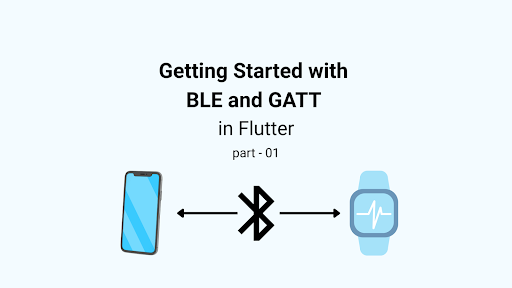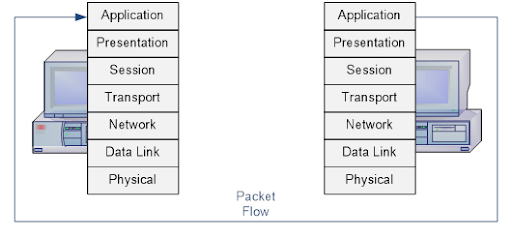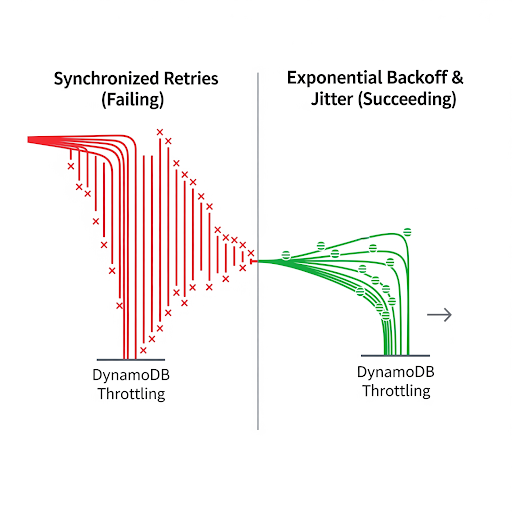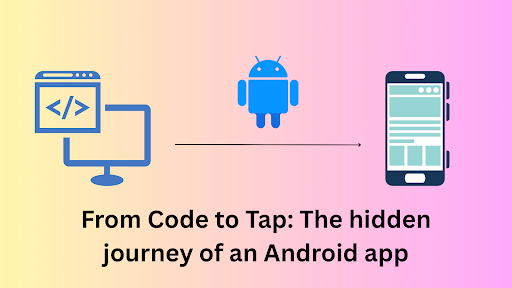Tikum wanted to invite thousands to his wedding, but his venue could only hold 100 at a time. The real issue? Tikum wanted each guest to receive freshly cooked food based on their custom orders, which takes time to prepare. How could he manage 6,000 guests while ensuring everyone got their perfect meal? Enter Rivnat, a software engineering manager, with a wild but genius solution: an asynchronous wedding.
The Wedding Problem: Too Many Guests, Too Little Space (and Time)
Tikum planned to invite 500 guests every hour for 12 hours. But his venue could only hold 100 people at a time, and everyone needed to quickly greet the couple and leave. The twist? Each guest was to get freshly cooked food, based on their order. That required time to process, which meant the entire wedding needed a solution, so it could accommodate everyone.
Enter Asynchronous Wedding: The Callback Solution
Rivnat proposed an asynchronous wedding:
- Guests would show up, wish the couple, and be acknowledged immediately, no waiting.
- Instead of staying, they’d get their freshly cooked food delivered to their homes later. And that food, of course, would take time to prepare based on their custom order.
This was like asynchronous programming: Each guest’s meal is a separate task that takes time to process, but doesn’t block the entire flow of the event.
The Guest Service: Query and Response
Rivnat also introduced a Guest Service: Guests could check the status of their food delivery in real time without interrupting the wedding.
Here’s the flow:
- Guest Arrival: Register for food delivery and place a custom order.
- Greeting the Couple: The couple acknowledges the guest immediately, and they leave to avoid congestion.
- Food Processing: The food is freshly made and takes time, but the wedding keeps flowing.
- Food Status Query: Guests can check their food status without ruining the vibe.
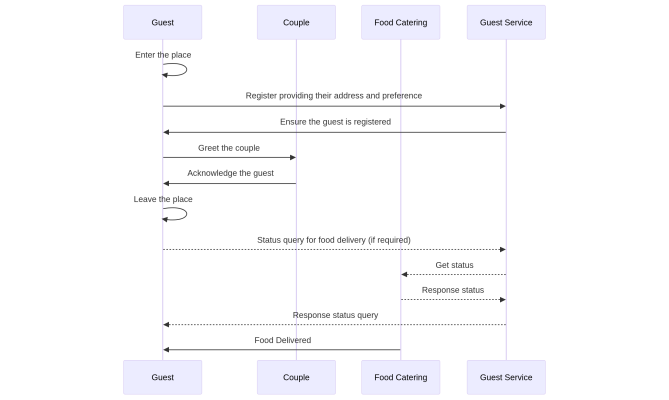
The Downside of Asynchronous Weddings
The downside? Managing custom food orders means preparing every meal fresh, which adds complexity. Much like asynchronous programming, managing multiple tasks simultaneously without delays can be tricky. But you can’t rush perfection; each meal must be prepared to order.
The Bottom Line
Tikum’s big day went off without a glitch. Thanks to Rivnat’s asynchronous wedding model, guests were greeted efficiently, and food arrived fresh at their doorsteps. Who knew programming could revolutionize weddings? Maybe the future of weddings is asynchronous and customizable!
What Is Asynchronous Programming?
Asynchronous programming allows tasks to run independently without blocking the main resource (in this case, it’s the wedding hall). In Tikum’s wedding, the callback is the freshly cooked food delivered after the couple greets a guest, while the query checks the food’s status in real time. But managing multiple tasks, like preparing each meal fresh and coordinating delivery, adds complexity. The real challenge? Ensuring everything runs smoothly without delays.
So, while asynchronous programming is a game-changer, it comes with challenges. But hey, at least the food’s fresh!












